Evidence Means Everything in Personal Injury Law
There are times when a car crash doesn’t lead to complex legal issues. However, this is typically only the case when no one suffers injuries or substantial financial loss. When this happens, there are evidentiary standards that must be met in order to secure compensation. It’s in these cases that people begin to recognize the importance of accident reconstruction in determining liability in traffic accidents.
If you’re the victim of a vehicular collision, you must prove that other parties are liable by a preponderance of the evidence. This isn’t as strict as evidence rules in criminal cases, but meeting this threshold still requires enough convincing evidence to support your case. Accident reconstruction isn’t the only way to do this, but the process can provide a powerful tool for securing fair compensation.
Providing an Objective Analysis
One of the primary ways that accident reconstruction assists in determining liability in car accidents is by providing an objective analysis. Everyone who’s involved in a personal injury claim — which can include insurers, defendants, injury victims, government agencies, and more — has an underlying motive. Put simply, it’s difficult for them to be objective.
Fortunately, accident reconstruction doesn’t care about these motives. It focuses on the facts and can provide a fair analysis of what the physical evidence from the accident scene actually means. Skid marks, debris, road conditions, and vehicular damage all tell a story, and accident reconstruction experts can help translate this story.
Laying Out the Sequence of Events
Accident reconstruction allows experts to piece together the series of events that led up to, occurred during, and took place after the collision. This timeline can prove invaluable for a variety of reasons. For instance, it’s possible to identify the actions of each driver to determine if any specific traffic violations occurred.
For example, an accident reconstructionist may look at the point of damage and skid marks at the scene of the collision. From the point of damage, they can determine that a vehicle was struck while making a left-hand turn. Additionally, the length of the skid marks may show that the other driver was going 10 miles above the speed limit.
In this scenario, the reconstructionist can see that one driver was going too fast through the intersection while the other failed to yield. This sequence of events shows that both motorists have some level of liability, and this can play a significant role in whether compensation is granted along with how much is awarded.
Simplifying Complex Issues
Some collisions are not complicated. However, many do involve complex issues. This is typically the case in multi-vehicle collisions or accidents involving cyclists, motorcycles, and pedestrians. In these and other wrecks where there are questions as to what happened, a reconstruction expert can help clarify matters.
It can be difficult to understand the complexities and interactions between the various parties involved in a collision without expert analysis. Few people realize it, but multiple parties could be liable for an accident even when only two vehicles were involved. An accident reconstructionist and car accident attorney can help clarify such complex issues.
Providing Support of Witness Testimony
Eyewitness testimony plays a significant role in civil law matters. Unfortunately, many studies have shown that such testimony is often unreliable. This can be particularly true in auto collisions, as people are often highly stressed when chaotic events unfold around them. This is another instance when the importance of accident reconstruction becomes apparent.
When you bring in a professional who can scientifically break down exactly what happened, it can either contradict or corroborate witness testimony. The combination of evidence in any case is greater than the sum of each individual piece of evidence. An accident reconstruction expert can show that the other party was directly liable for your injuries.
Highlights Any Contributing Factors
To determine a fair liability assessment — whether during settlement negotiations or litigation — it’s necessary to highlight contributory factors. In some cases, this may be as simple as showing that the at-fault driver was not paying attention and rammed into a vehicle at a stop sign.
However, they may also discover other factors — such as low visibility, mechanical failures, and hazardous road conditions — that could provide a broader understanding of liability in the case. For instance, it may be possible to show that the at-fault driver was unable to stop as quickly as they could due to puddling water on the roadway.
Clearly, roads get wet — but what if a known drainage issue was to blame for the excessive pooling of water? In such a situation, it may be possible to show that the local government is partially to blame for failing to maintain safe highways. Put simply, you don’t want to overlook the liability of any party — and a reconstruction expert can make sure that you don’t.
Expert Testimony
The evidence generated by accident scene reconstruction can prove invaluable in a personal injury claim. In some instances, it can lead to a quick settlement and avoidance of complex litigation. In other situations, it can give judges and juries a true accounting of what happened. However, it’s the accident reconstructionists themselves who will be most important.
A bunch of photos, graphs, and diagrams can be informative, but it’s typically necessary to have an expert who can translate what these things mean. Reconstruction experts’ opinions can be critical during legal proceedings. These professionals showcase the importance of accident reconstruction in determining liability in traffic accidents.
However, these aren’t the only professionals that can prove helpful in your personal injury case. Those who seek legal counsel receive higher compensation on average. At Passalacqua & Associates, we’re here to secure favorable outcomes on behalf of our clients. Contact us at 315-500-6425 to schedule a free case evaluation.

 CALL US NOW
CALL US NOW EMAIL US NOW
EMAIL US NOW



 315-500-6425
315-500-6425
 officeadmin@cnytriallaw.com
officeadmin@cnytriallaw.com




